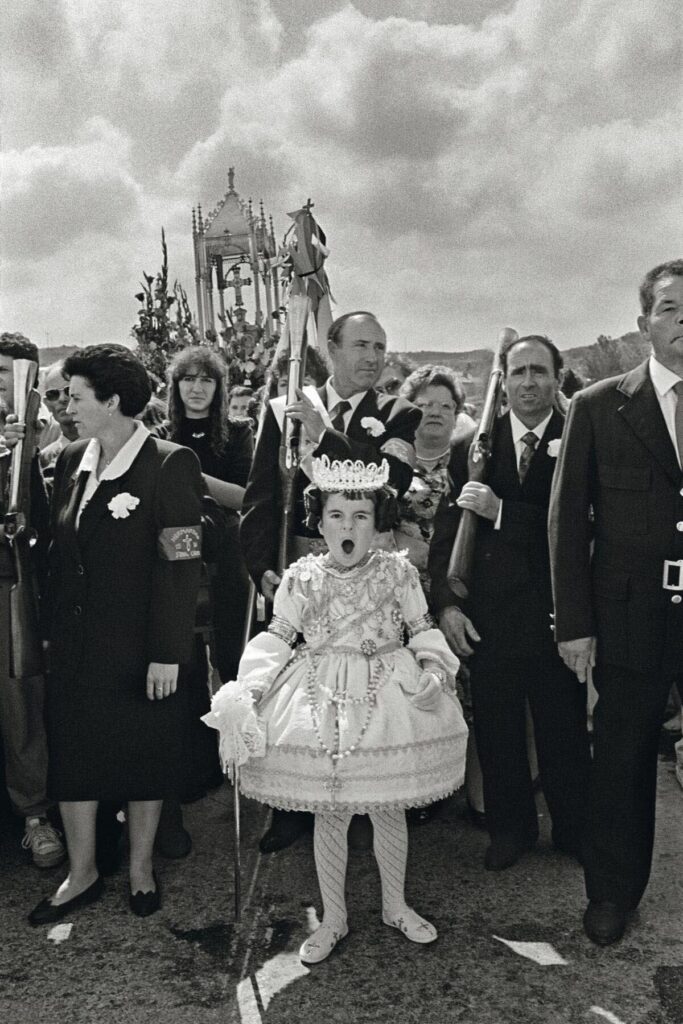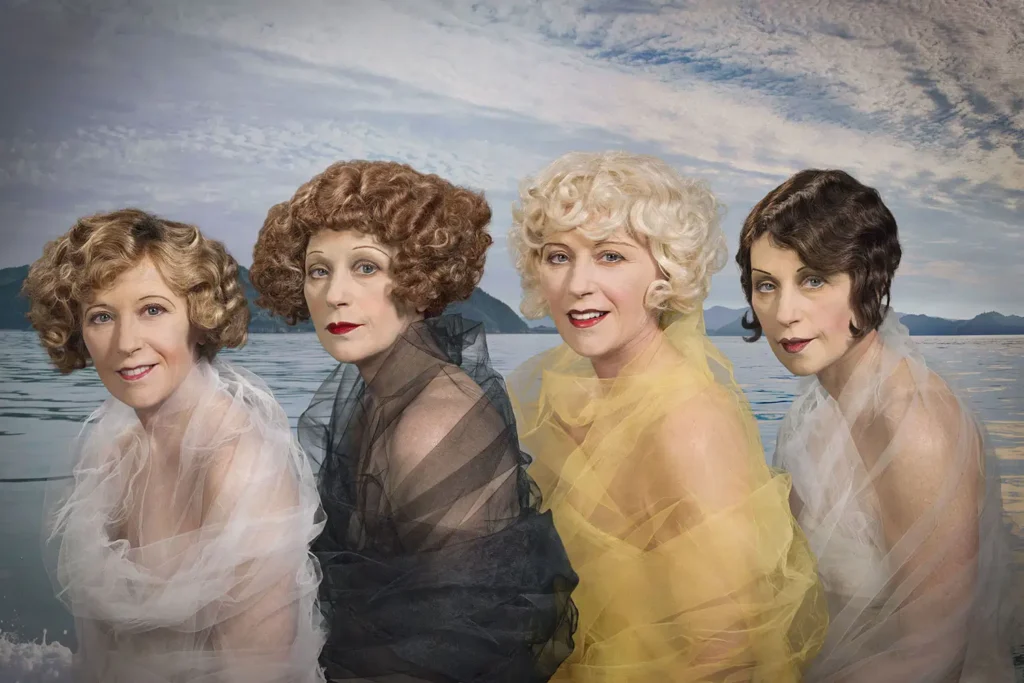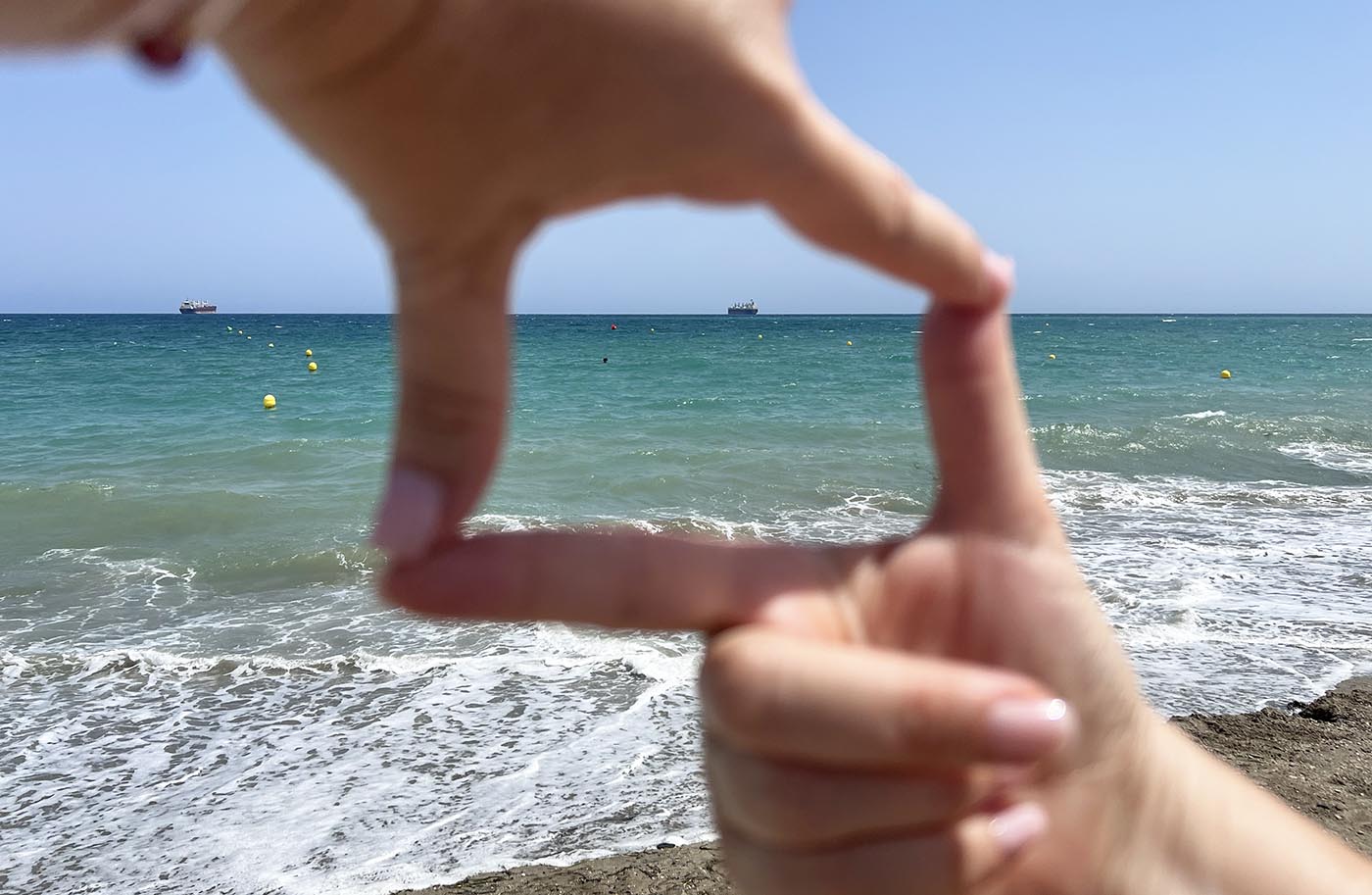On the beauty of looking, walking through darkness, and dancing with the unexpected.
A few days ago, someone I’ll call Mateo unsubscribed from our newsletter. Nothing unusual about that. Some people come, others go. It’s part of the natural cycle that takes place in any community.
But what caught my attention wasn’t his departure, but the message he left behind:
“I’m not interested. You live in an altered reality. Goodbye.”
A short, direct sentence. No frills. But powerful enough to keep echoing in my mind for hours. Because when someone says you “live in an altered reality,” even if you know it’s not really about you… inevitably, you start to wonder:
What if he’s right?
Are we living in an altered reality?
Who alters it?
And do I truly have the power to alter it?
These questions aren’t new. They’ve echoed through the history of thought for centuries. Plato spoke of the shadows in the cave, of a humanity chained and only able to see a partial, distorted version of reality. Nietzsche, in turn, claimed that “there are no facts, only interpretations.” And phenomenology, from Husserl to Merleau-Ponty, taught us that what we see is not what is, but what we are capable of perceiving.
In contemporary psychology, this idea is expressed with new words: we don’t suffer so much because of what happens to us, but because of how we relate to what happens to us. Our attention, our beliefs, our internal narratives alter— for better or worse— the way we experience the world.
We see life through the lens of the values we’ve built for ourselves, carrying with us a backpack filled with experiences, anecdotes, frustrations, and desires.
Reality is a screen. But how we experience it is what shapes our lives.
The camera: a tool for altering the world
And in photography… don’t we do the same?
When we hold a camera and set out to create an image, we are altering the world. We choose the frame, the light, the moment. We decide what to show, where to focus, and what to leave out. Is there any act more intentional in reinterpreting reality?
Documentary photography knows this very well. Think of Cristina García Rodero. Her images have traveled the world precisely because of her intense and emotional way of portraying reality. Ecstatic faces, bodies in trance, popular rituals on the edge of collective ecstasy. She showed us a world overflowing with emotion. But… she could just as well have looked the other way. At calm. At silence. At what makes no noise.
And then, the reality we would have come to know would be a different one.

Con la boca abierta © Cristina García Rodero
Every gaze constructs a version of reality.
And every version necessarily chooses to leave out other possibilities
The story we tell is not the true story
How many times have you remembered something, only for someone who was there to say:
— “That’s not how it happened…”
The version of events I tell is different from the version my friend tells—even though she was there and lived it too. Not because anyone is lying, but because each of us interprets from our own context, emotions, life stage, wounds, and hopes.
We don’t live in “the” reality. We live in our way of relating to it.
And maybe that’s why, sometimes, some of us end our sentences with ellipses…
Because we know there is more. That not everything has been said. That even in what we consider absolute truth or a strong statement, there is room for doubt, openness, nuance. Ellipses are not indecision—they are a threshold. A space for what has not yet been named. They invite us to breathe, to imagine, to continue the story from a different place. They are the language of those who feel that reality is not enclosed by a full stop, but unfolds in the open, in what’s possible, in what is yet to come.
And far from separating us, this reveals us. It shows us as interpretive, sensitive, complex beings. Capable of creating meaning. Capable, too, of creating worlds.
Altering reality is not a lie. It’s about choosing what to look at and from where to live it.
Cindy Sherman and the art of altering identity
In contemporary art, there are many creators who have embraced this capacity to transform the gaze. Cindy Sherman is a radical and fascinating example. For years, Sherman created self-portraits in which she adopted multiple identities: housewife, silent film actress, secretary, victim, diva, elderly woman… She wasn’t trying to show who she was, but to question what it even means “to be” someone—to explore all the possible selves.

Cindy Sherman
Each of her images didn’t just alter her appearance. They also altered the way we look at what we call identity, gender, truth.
Her work doesn’t represent realities: it reinvents them. And in doing so, she gives the rest of us permission to do the same with our own.
To look differently might just mean to live differently.
What if we had that power too?
Not only with a camera in hand, but with eyes that pay closer attention, a more open mind, and a heart that’s a little less rigid.
What if we could alter the reality that hurts us, limits us, tightens around us… simply by learning to see it differently?
Alteration as a possibility for life
In psychology, one of the most powerful lessons is that we can’t control everything that happens to us, but we can train our ability to respond. That, too, is a way of altering reality.
It’s not about denying pain or disguising it. It’s about deciding where we place our attention. About giving space to what nourishes us. About imagining kinder futures. About being creators— not just spectators— of the life we live.
This idea is especially powerful when we talk about personal transformation. When we support someone (or ourselves) through a moment of crisis, of change, of searching… looking with different eyes can be the beginning of a new story.
And sometimes, that story begins in the dark.
Because there are moments when we can’t see clearly. Stages of fog, uncertainty, or waiting. And yet, those dark spaces— so avoided, so rarely named— often hold the seed of a great adventure. Walking through darkness is an act of courage. It’s trusting that, in the midst of uncertainty, something new might unfold. That right there, where we don’t know, where we’re not in control, we might find encounters, revelations, unforeseen paths. Darkness, sometimes, is just the threshold of what’s possible.
Shared alteration: art, community, and social change
Altering the gaze is also a collective act. We see it in community photography projects, where many people portray their surroundings from previously invisible perspectives. In workshops where teenagers rediscover their neighborhood through the camera. In women who reconnect with their bodies through self-portraiture. In elders who rebuild their family history by rearranging an album.
These gestures, seemingly small, are powerful. Because when many new gazes come into play, something shifts. The dominant narrative changes. A crack opens, and light comes in.
Altering reality is not evasion. It’s creation. It’s action. It’s future.
And other times, the adventure begins with something as unexpected as an improvised dance.
A song starts playing. Someone smiles. And, without thinking much about it, we let ourselves go. We take a step. Then another. And before we know it, something inside us moves. The body becomes a bridge. A language. A celebration. Because adventures don’t always start with maps or certainties. Sometimes they begin with a simple but brave gesture: the choice to open up to the unexpected. To dance, to laugh, to connect with someone else who also dared to see differently. And from there… everything can change.
Maybe Mateo was right.
Maybe we do live in an altered reality.
But not because we fail to see the truth. Rather, because we’ve learned that there are many truths.
And looking at the world with more depth, more awareness, more beauty… is not a lie.
It’s a choice.
It’s an act of care.

We alter reality every time we choose to frame it from what truly matters.
Every time we decide to create beauty amid the noise.
When we teach others —with a camera, a word, or a gesture— to look beyond the obvious.
Every time we understand that what happens to us is not the only thing we are.
Maybe not all of us share the same way of seeing the world.
And that’s okay.
Each person lives reality from where they can, from where they need to.
We’ll still be here.
Living in our altered reality.
Looking with care.
And trusting that, sometimes, a small gesture —an unsubscribe, a message, a dance— can be the beginning of an inner conversation that’s truly worth it.
And you, who are reading this…
Do you live in an altered reality?
Do you look differently, ask yourself questions, walk through the dark and give it your all when you dance?
Then you belong to the Club of Altered Realities.
And in this club, we don’t ask for membership cards.
Stay close.
With your unique way of seeing the world.
Cómo citar este artículo
Al citar, reconoces el trabajo original, evitas problemas de plagio y permites acceder a las fuentes originales para obtener más información o verificar datos. Asegúrate siempre de dar crédito y de citar de forma adecuada.
How to cite this article
By citing an article, you acknowledge the original work, avoid plagiarism issues, and allow access to the original sources for further information or data verification. Make sure to always give credit and cite appropriately.
Amparo Muñoz Morellà. (July 23, 2025). "Are we living in an altered reality?". ANDANAfoto.com. | https://andanafoto.com/en/are-we-living-in-an-altered-reality/.

